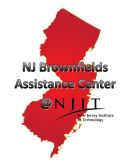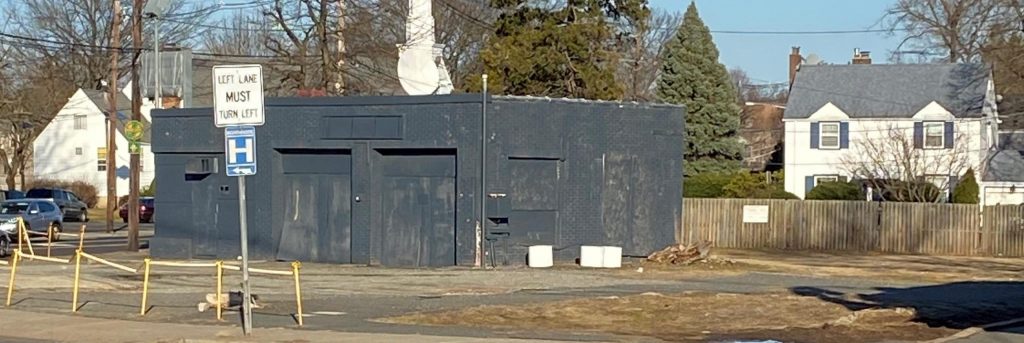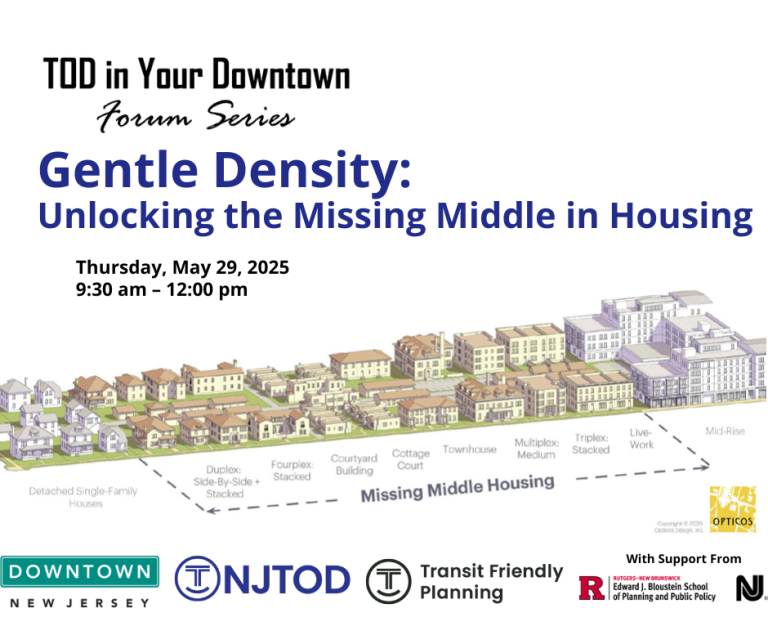Brownfields Partners
Colette Santasieri, PhD
Executive Director, NJ Brownfields Assistance Center @ NJIT
May 17, 2021
Brownfields redevelopment is a team sport. Navigating the road to brownfields redevelopment can be complex and challenging. Developing relationships and meaningful partnerships are critical to success.
Many New Jersey downtowns contain vacant or underutilized commercial and industrial properties that are contaminated or perceived to be contaminated based on past uses and building materials. These ‘brownfield’ properties include former factories and mills, closed gas stations and auto repair shops, former dry cleaners, and other similar land uses. The redevelopment of brownfields are unique opportunities for New Jersey’s downtowns – to spur economic development, generate jobs, increase property values, reduce sprawl, eliminate blight, incorporate sustainable and resilient practices, and develop community needed assets such as mixed use development, retail, health care facilities, and entertainment venues, just to name a few.
The process of cleaning up and redeveloping contaminated properties can be a daunting task for local governments and nonprofit developers. At a minimum, this process involves: determining the presence of contaminants in the soil, water, air, and building materials; understanding the NJ regulatory process; identifying and navigating the myriad of funding and financing options; engaging the community; hiring and managing consultants and contractors; and, overseeing the redevelopment activities or marketing the properties to real estate developers. The good news is, you do not have to go it alone. In fact, you shouldn’t go it alone.
It is widely recognized that successful brownfield redevelopment projects are based on a foundation of sound planning practices. There’s a strong correlation between effective early-on and continued planning with redevelopment success. And by focusing on some elemental planning steps, you can create a foundation that informs the redevelopment process and encourages a more equitable and inclusive outcome. One of the first activities that should be initiated in the planning phase that will play an important role throughout the redevelopment process is the development of supportive partnerships.
The redevelopment of brownfields generally requires more stakeholder participation than the typical real estate transaction, due to a number of possible factors including: the complex history of the site, community concerns about public health impacts and safety, difficulty getting funding and financing, and competing visions for the site’s redevelopment. In addition, the cost of redeveloping a contaminated property often extends beyond local resources, and as such, necessitates partnerships.
Partners bring resources and specialized knowledge. Partnerships foster communication and collaboration, promote a transparent process, and build bridges between the relevant stakeholders. They can dispel uncertainty and galvanize community support.
There are several typical partners involved in brownfields redevelopment:
- Agencies of the federal government provide both funding assistance and expertise. For instance, the US Environmental Protection Agency’s brownfields program offers several different types of grants used for redevelopment planning activities (such as community outreach, market studies, and brownfield inventories), assessment of contaminants, and cleanup of contamination. The EPA also offers technical assistance to communities.
- State environmental and economic development agencies also bring important resources to brownfield redevelopment projects. The NJ Department of Environmental Protection can help stakeholders understand the laws and regulations that govern the cleanup of contaminated sites. The NJ Economic Development Authority offers several innovative funding and financing mechanisms for brownfield redevelopment projects.
- Real estate professionals can help communities better understand the realities of the real estate market and can suggest various incentives that would help make local brownfield redevelopment projects economically viable. A public-private partnership between a local government and a real estate developer is an effective collaboration for brownfields redevelopment, especially in weak market areas. The public-private partnership oftentimes reduces the financial burden on the public sector, while accelerating property cleanup and redevelopment by the private sector.
While the above are examples of typical partners, there are other groups and organizations that can add value to your brownfield redevelopment team. Groups that offer unique and important resources include faith-based organizations, universities and colleges, community development corporations, and artists and cultural institutions.
- Faith-based organizations are the centerpiece of many communities. Faith leaders may have institutional knowledge of the community and its history, and the community’s trust. These leaders can serve as a resource for garnering interest in and disseminating information about the brownfield sites and redevelopment. Faith institutions can also serve as community-based centers to hold community engagement activities, especially in neighborhoods where public transportation is not convenient and many residents do not have cars.
- A university or college can be a valuable partner in brownfields redevelopment. By engaging with these institutes of higher education, a local government can gain insight and expertise on brownfields related topics from professors, researchers, and graduate students. Some universities and colleges host design studios in which students work on real-world development projects. An important resource housed at the New Jersey Institute of Technology is the NJ Brownfields Assistance Center @NJIT which provides free technical assistance to the public sector and nonprofit organizations.
- Community development corporations provide many of the same resources as faith-based organizations such as intimate knowledge of the community, and the ability to support and facilitate community engagement activities, but they also have the capacity to provide programs, develop a community vision, and facilitate relationships with developers.
- Local artists and cultural institutions can be great partners in bringing attention to brownfield sites, suggesting creative ways to engage the community in envisioning the property’s reuse, and in creatively marketing the sites to investors and developers.
The redevelopment of former industrial and commercial properties requires a strong team of partners that bring resources and specialized knowledge. A brownfield project has many working parts. Well-developed and sustained partnerships serve as the glue that holds the entire brownfield redevelopment process together, and helps communities with limited capacity and resources to overcome brownfield challenges and achieve their redevelopment goals. It is critical for any community embarking on a brownfields project to begin identifying potential partners as soon as possible. These agencies, organizations, and institutions can help define the path forward, identify potential pitfalls and minimize much of the apprehension associated with brownfields projects.
 The New Jersey Brownfields Assistance Center @NJIT is a free resource that can play a significant role in identifying and fostering partnerships and has the capacity to guide communities through this process via its free, tailored technical assistance, and educational forums.
The New Jersey Brownfields Assistance Center @NJIT is a free resource that can play a significant role in identifying and fostering partnerships and has the capacity to guide communities through this process via its free, tailored technical assistance, and educational forums.
For more information about the NJ Brownfields Assistance Center @ NJIT, contact Colette Santasieri, PhD, Executive Director, at santasieri@njit.edu.
For NJ county and local government entities and nonprofits seeking free brownfields guidance, contact njbrownfields@njit.edu
Visit our website: www.njit.edu/njbrownfields; follow us on Twitter @njbrownfields



